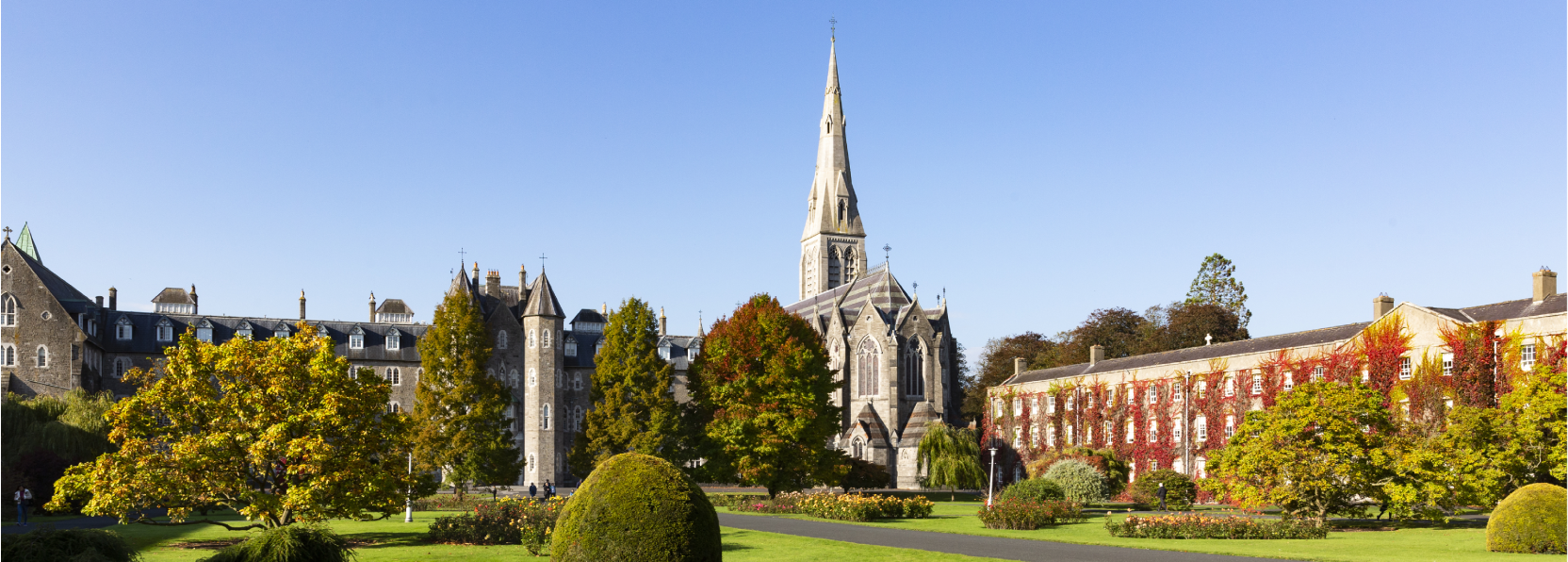History of Maynooth University
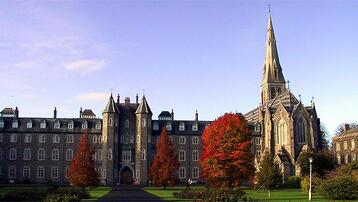
Maynooth University has over 15,000 students and 1200 staff. It was formally established as an autonomous university as recently as 1997, yet it can trace it's origins to the foundation of the Royal College of St. Patrick in 1795.
St. Patrick's College Maynooth was founded in 1795 as a seminary for the education of priests. A number of factors paved the way for the establishment of Maynooth College. The French Revolution had confiscated the Irish Colleges in France. Enlightenment thinking, and the fact that Britain was at war with France led the government seeking to appease Irish Catholics by relaxing the Penal Laws. At the same time, both the Irish bishops and the English government were afraid that Irish priests might be influenced by the French revolution. The bishops asked permission to endow ‘academies or seminaries’ for the education of candidates for the priesthood. Their political advisers persuaded them to extend the project to include laymen, and so the Irish parliament passed an ‘Act for the Better Education of Persons professing the Popish or Roman Catholic Religion’ which lead to the foundation of Maynooth College in 1795. Lay students were admitted in 1800, but the lay college only survived until 1817.
St. Patrick's College Maynooth was founded in 1795 as a seminary for the education of priests. A number of factors paved the way for the establishment of Maynooth College. The French Revolution had confiscated the Irish Colleges in France. Enlightenment thinking, and the fact that Britain was at war with France led the government seeking to appease Irish Catholics by relaxing the Penal Laws. At the same time, both the Irish bishops and the English government were afraid that Irish priests might be influenced by the French revolution. The bishops asked permission to endow ‘academies or seminaries’ for the education of candidates for the priesthood. Their political advisers persuaded them to extend the project to include laymen, and so the Irish parliament passed an ‘Act for the Better Education of Persons professing the Popish or Roman Catholic Religion’ which lead to the foundation of Maynooth College in 1795. Lay students were admitted in 1800, but the lay college only survived until 1817.
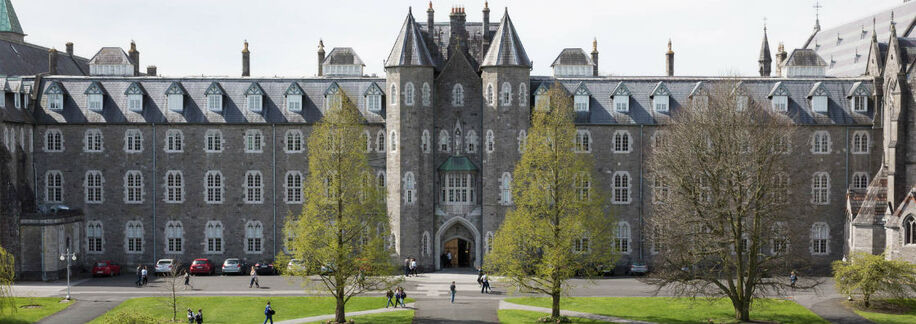
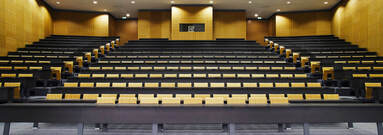
In 1871, after the disestablishment of the Church of Ireland, the state subsidy was withdrawn and Maynooth College became completely independent. The student body fluctuated between five and six hundred, all of them seminarians preparing for the priesthood. Authority to confer degrees came slowly enough to what, by the standards of the time, was a large ‘third-level’ institution. In the centenary year 1895 a petition was sent to Rome to grant degrees in theology, philosophy and canon law, and this was granted in 1896 (it became a Pontifical University). The problem of civil university education acceptable to Catholics was resolved by the Irish Universities Act of 1908. There was provision for Maynooth to become a ‘recognised college’, and this began to function in 1910 (National University of Ireland [NUI]), with faculties of Arts, Science, Philosophy and Celtic Studies. The student body of the College remained exclusively clerical until 1966, when the hierarchy decided to develop Maynooth ‘as an open centre of university education’ and lay students were admitted to NUI degree courses at the College. Student numbers grew, there were now about 5,000, of whom only a small minority were studying for the priesthood. The University Act, 1997, restructured the National University of Ireland and the college at Maynooth became the National University of Ireland (NUIM, now Maynooth University), as a totally separate body, a university in it's own right, independent of St. Patrick's College Maynooth. Its main developments are to the north of the road from Maynooth to Kilcock, but it maintains a significant presence in the older heritage buildings.
Today, Maynooth College consists of two separate institutions, St. Patrick's Pontifical University and the National Seminary, both of which occupy the historic campus at Maynooth, the south campus. One of Maynooth's most famous academics was Professor Callan.
Today, Maynooth College consists of two separate institutions, St. Patrick's Pontifical University and the National Seminary, both of which occupy the historic campus at Maynooth, the south campus. One of Maynooth's most famous academics was Professor Callan.
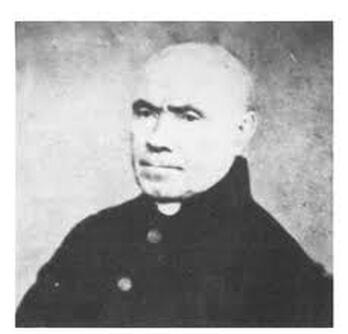
REVEREND NICHOLAS J. CALLAN
Father Nicholas Joseph Callan (22 December 1799 – 10 January 1864) is one of Maynooth's most famous academics. He was an priest and scientist from County Louth. He was Professor of Natural Philosophy in Maynooth College in County Kildare from 1834, and is best known for his work on the induction coil. He entered Maynooth College in 1816. In his third year at Maynooth, Callan studied natural and experimental philosophy under Dr. Cornelius Denvir. He introduced the experimental method into his teaching, and had an interest in electricity and magnetism. Callan Hall at Maynooth is named after him.
Father Nicholas Joseph Callan (22 December 1799 – 10 January 1864) is one of Maynooth's most famous academics. He was an priest and scientist from County Louth. He was Professor of Natural Philosophy in Maynooth College in County Kildare from 1834, and is best known for his work on the induction coil. He entered Maynooth College in 1816. In his third year at Maynooth, Callan studied natural and experimental philosophy under Dr. Cornelius Denvir. He introduced the experimental method into his teaching, and had an interest in electricity and magnetism. Callan Hall at Maynooth is named after him.
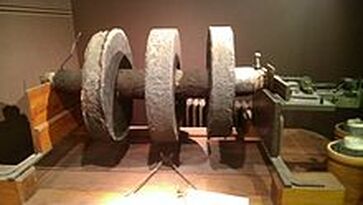
In 1834, Callan started developing the concept of the induction coil, inspired by Michael Faraday and William Sturgeon. In 1836, he created the first induction coil. With a low-voltage direct current source, an induction coil intermittently generates a high-voltage alternating current. It has a primary coil with a low voltage and a few turns of thick wire coiled around an iron core (usually from a battery). A secondary coil wound on top of this is composed of numerous turns of thin wire. A high-voltage, quickly alternating current is created in the secondary circuit by frequently interrupting the current to the primary coil with an iron armature and make-and-break mechanism.
Callan needed to produce more electricity than was currently feasible, so he created the induction coil. He coiled two pieces of copper wire, each approximately 200 feet (61 meters) long, around a bar of soft iron that was about 2 feet (0.6 m) long. Callan joined the star of the first coil to the start of the second coil. He then linked the start and finish of winding one to a battery that was far smaller than the gigantic contraption just described. He discovered that a shock could be felt between the first terminal of the first coil and the second terminal of the second coil when the battery contact was severed.
Subsequent testing revealed how the coil device could increase the strength of a small battery's shock to that of a large battery. So Callan attempted to create a larger coil. The device provided enough power for an electric shock "so strong that a person who took it felt the effects of it for several days" with a battery of just 14 seven-inch (178 mm) plates. Callan believed that his invention was some sort of electromagnet, but it was actually an primitive induction transformer.
